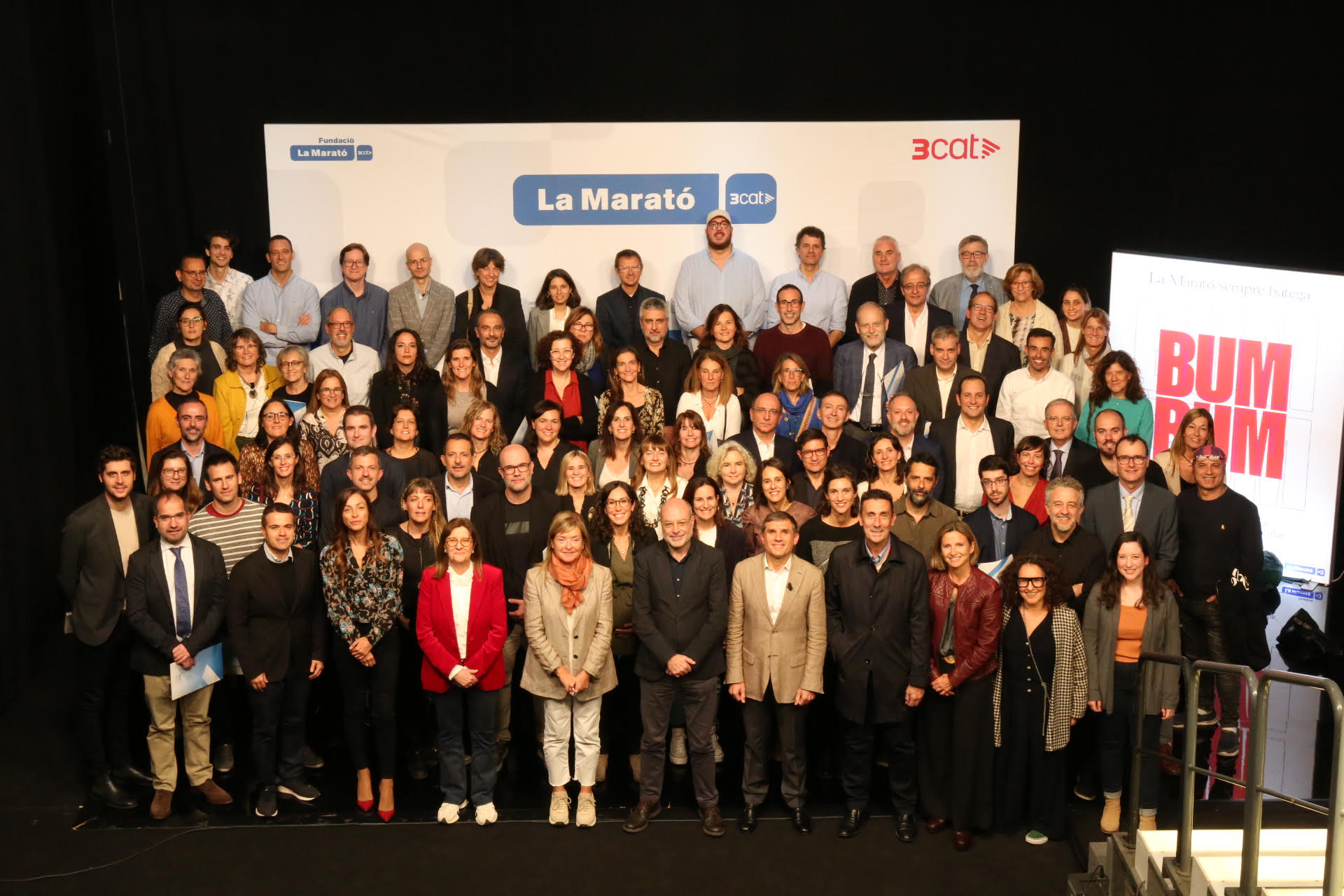
The Institute of Biomedical Research of Girona Dr. Josep Trueta (IDIBGI) is leading a research project to study the link between Obstructive Sleep Apnea and cardiovascular diseases. This project, funded by La Marató de TV3, will be carried out in collaboration with Dr. Eduardo Oliver's group at the Margarita Salas Center for Biological Research of the Spanish National Research Council (CSIC).
Obstructive Sleep Apnea (OSA) is a sleep disorder that affects six million people in Spain, but only 10% are diagnosed and treated. "A worrying aspect of OSA is its close relationship with cardiovascular disease," says Dr. Olga Tura, an established researcher in the IDIBGI's Respiratory research group who leads this project.
The risk of developing cardiovascular disease is 50% higher for people with this disorder compared to those who do not have it. For all these reasons, the correct diagnosis and treatment of OSA becomes a public health problem.
OSA causes repeated pauses in breathing, called apneas, for more than 10 seconds during sleep. During apnea, air cannot flow normally into the lungs and causes a drop in oxygen levels, causing the person to awaken from sleep.
If these episodes are repeated over time, they cause significant cellular injury and increased tissue inflammation.
3D models of blood vessels
The project will study how continuous sleep apneas affect endothelial tissue, which lines the inside of blood vessels. This tissue plays a key role in regulating blood circulation and controls the formation of blood clots. Thus, it will be determined whether patients with OSA have damaged endothelial tissue, and also what type of damage they have, to assess whether this explains the high predisposition to develop cardiovascular disease.
For the first time, innovative blood vessel modeling techniques will be used, including the creation of miniature 3D structures with the patient's own cells. The structures will be subjected to blood flow and low-oxygen conditions to reflect what happens in real life and to evaluate the efficacy of new treatments, assessing whether they could be translated into clinical practice. For example, for the first time in Obstructive Sleep Apnea, the use of rejuvenating drugs or drugs that eliminate damaged or aged endothelial cells will be studied.
These drugs will also be tested at the Margarita Salas Center for Biological Research (CSIC). The team led by Dr. Eduardo Oliver will be in charge of evaluating the effects of OSA in the mouse animal model and the ability of these new drugs to reverse or heal the damaged endothelium. "Thanks to our animal models, we will validate the ability of several novel therapies to prevent or reverse the damage that sleep apnea causes to the pulmonary circulation and the heart, something that will be a very important advance in addressing this disease," explains Dr. Oliver.
Genetic and molecular evaluation
The project will not be limited to the study of endothelial cells; it will also investigate the genetic and molecular implications in OSA patients. This analysis will provide detailed insight into cellular health and could open new avenues for the treatment and prevention of OSA-related cardiovascular disease.
The study of Obstructive Sleep Apnea at the Margarita Salas IBC
In addition to Dr. Oliver, the CIB working group is completed by the researchers Eduardo Rial and Yolanda Sierra, who will work together with María Villalba, from the Universidad Complutense de Madrid, a specialist in cardiovascular imaging, and Álvaro Macías, from the CNIC, specialist in techniques to evaluate the electrical transmission of the heart. Specifically, this team will develop animal models capable of replicating the consequences that sleep apnea has on the pulmonary circulation and the heart of patients, which will be necessary to evaluate new therapies capable of preventing or reversing these changes. To this end, by simulating sleep apnea, these researchers will explore how short periods without oxygenation affect the integrity and proper function of the pulmonary endothelium and its direct consequences on the heart, and how different therapies capable of preventing cellular aging could be beneficial. The work of the team led by Dr. Oliver will be essential to confirm the usefulness of these therapies before their possible passage to clinical trials.
More information:
Press release La Marató: link (catalan).

